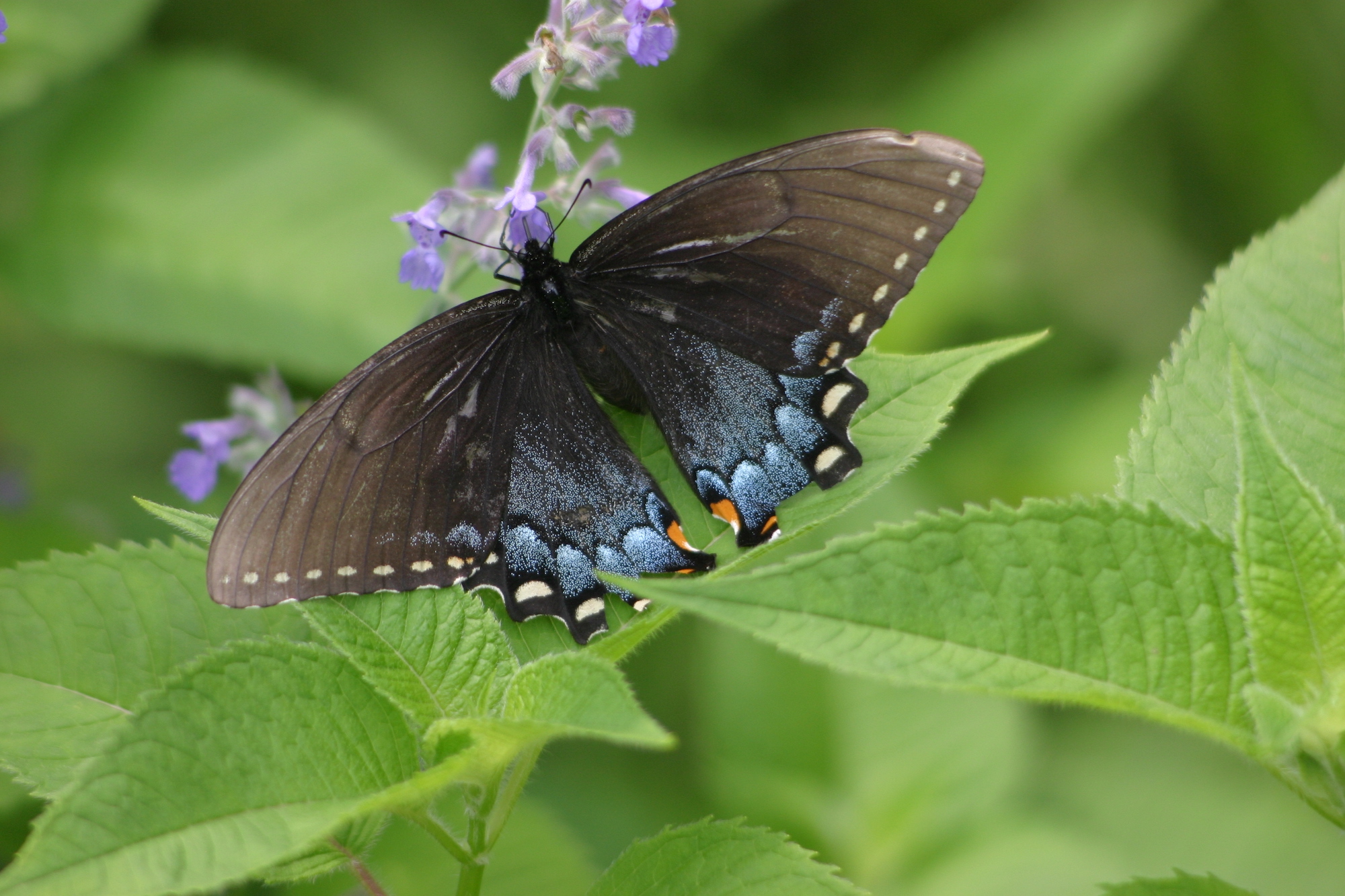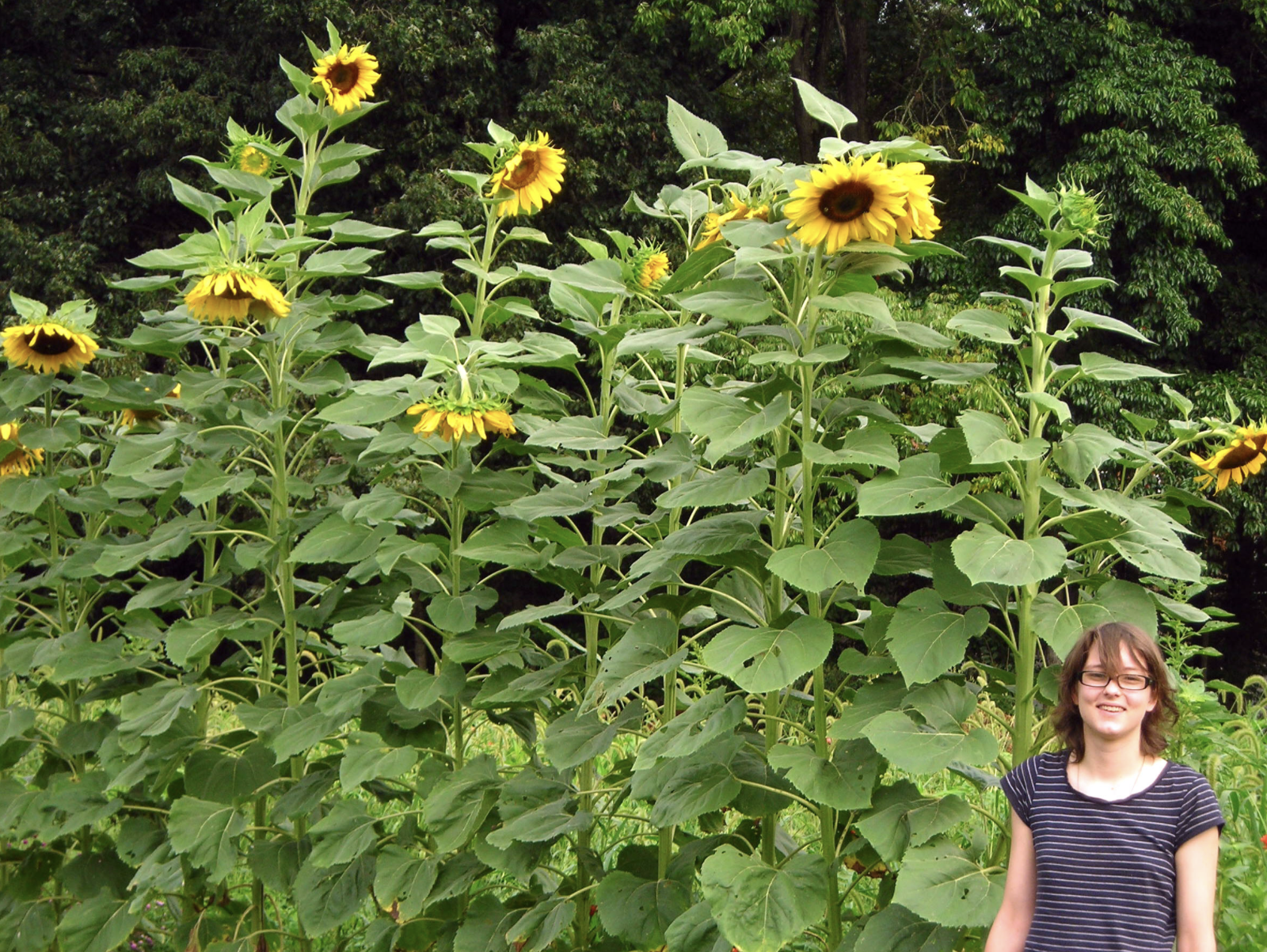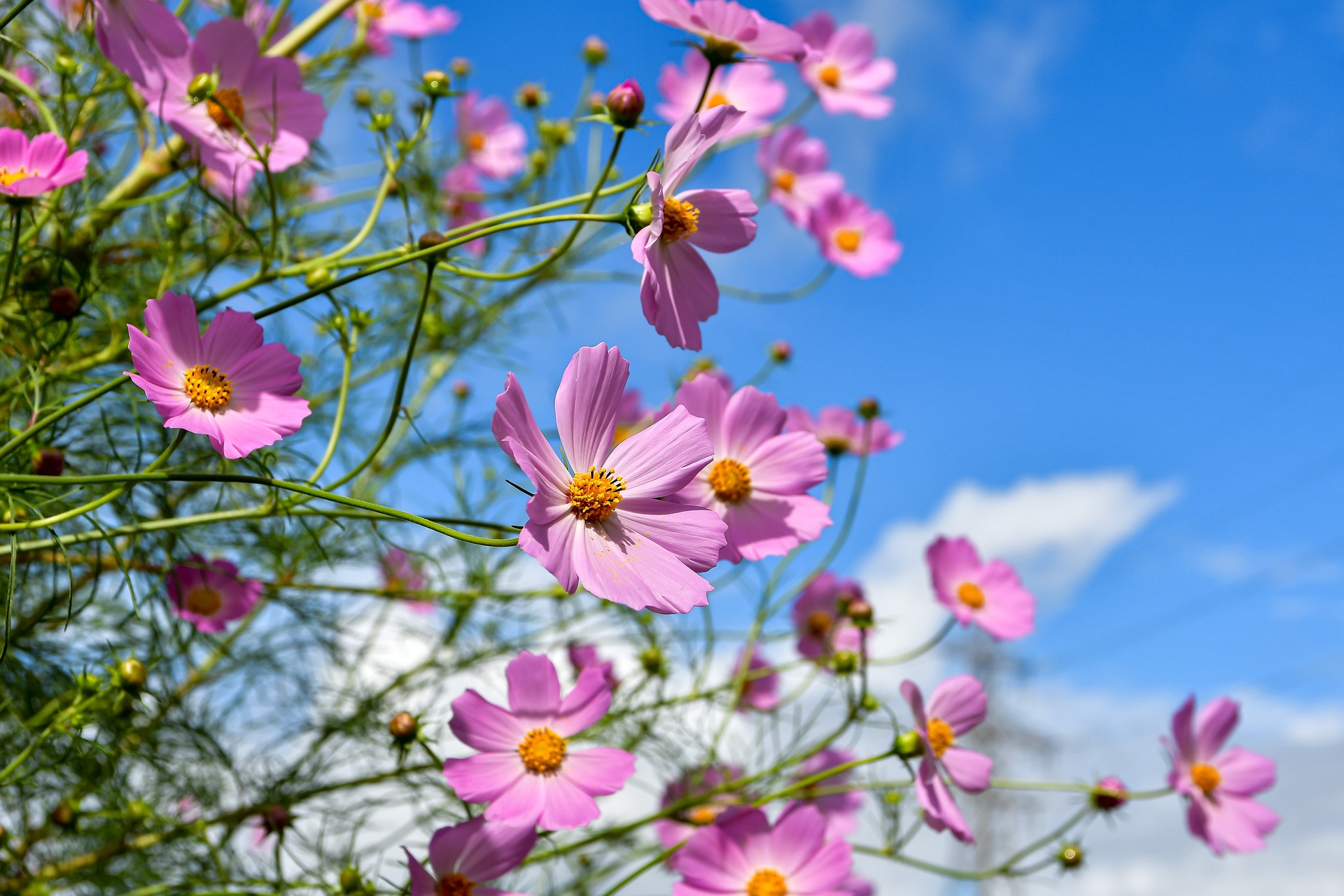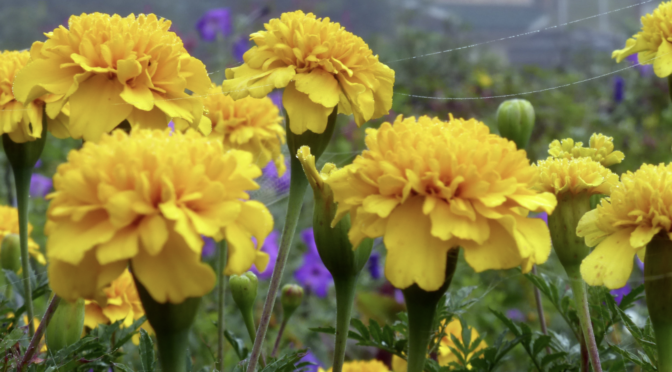For foodies, homesteaders, and dedicated vegetable gardeners, it is easy to squeeze as many different vegetables into our gardens as possible and let other plants go by the wayside. This is a mistake! Some of the most beautiful and productive gardens are a mix of food crops and flowers. Whether you want to be as self-sufficient as possible or have a passion for heirloom tomatoes, adding flowers to your vegetable patch has many benefits.
Flowers attract pollinators.
Many of our favorite vegetable crops, like squash, watermelons, tomatoes, eggplants, and peppers, rely on insect pollination to produce. These pollinators do an incredible job, too!
A look at greenhouse tomatoes found that those compared with pollination by a vibrating hand wand (a tool workers use to ensure pollination manually), tomatoes pollinated by buzz-pollinating bees had improved seed set and higher fruit weight.
Adding flowers to your garden and aiming to have something blooming throughout the season can help support these creatures and ensure they spend more time in your garden. You won’t get a good harvest without them.
Flowers may help reduce pest and disease issues.
Companion planting isn’t just an old wive’s tale! There’s much evidence that avoiding monocultures and mixing plants together can help reduce pest and disease issues. Creating mixed plantings can help significantly reduce how diseases and pests can spread through a crop.
Try specific pairings if you have a recurring issue. For example, research has shown that French marigolds help protect tomatoes from whiteflies.
You can also take a more broad approach. A study on large monoculture plantings found that adding wildflower strips was highly effective at reducing pests and plant damage.
There are many edible flowers available.
Growing flowers doesn’t mean that you have to give up productive food-growing space. There are plenty of edible flowers that you can use to make soothing herbal teas, toss in fresh salads, or decorate cakes. A few of our favorite edible flowers include nasturtiums, chamomile, breadseed poppies, echinacea, and hollyhocks.

You can use them to create shade.
Generally, we don’t want our flowers shading our vegetable crops, but occasionally we might. When we’re trying to stretch the season for cool-weather-loving crops like lettuce and kale, having a few taller flowers around can be helpful to create a bit of shade.
They’re beautiful.
Growing as much of your food as possible is a wonderful goal. Hopefully, our above points illustrate that saving room for flowers can help with this goal. If you’re still not convinced that flowers deserve a bit of your garden, think about what you want your garden to feel like. Ultimately, gardens should bring joy. While vegetables are beautiful in their own right, tucking a few flowers in amongst the vegetables can make your garden a happier place to be.
Flowers can help provide habitat and food for wildlife.
While you probably know that pollinators are using your flowers for food, you may not be aware that they may use them for shelter, too. Some pollinators and beneficial insects use flower stalks or debris as shelter to overwinter or lay eggs.
Birds will enjoy the flowers in your vegetable patch, too. Songbirds enjoy perching on tall flower stalks and searching the seedheads of species like sunflowers and echinacea during the fall. They will also help pick a few pests off while they’re there. Of course, the charming Ruby-throated Hummingbirds of our area will also take advantage of blooms during the season.
 Flowers can be low maintenance and affordable.
Flowers can be low maintenance and affordable.
Growing flowers doesn’t have to be difficult or stressful. Some of the easiest flowers to start with are annuals like cosmos, marigolds, sunflowers, and zinnias. All four of these plants are easy to start indoors or direct sow. They grow fairly quickly and make a big impact in the garden.
These four are also easy to save seeds from, meaning you won’t need to purchase packets of seed each year, helping you cut costs. Given the opportunity, they also have a tendency to self-seed, and you’ll probably get a few volunteers, too!
If you don’t want to work on planting flowers every year, you can establish a few hardy perennials like coneflowers (echinacea), bee balm, salvia, or rudbeckia. Many of these options, such as the echinacea and rudbeckia, are also incredibly drought tolerant once established.
When you’re shopping for seeds this year, don’t forget to add a few flowers to your list! Flowers are easy to grow and can help you to have a healthier, more productive garden in 2024.

